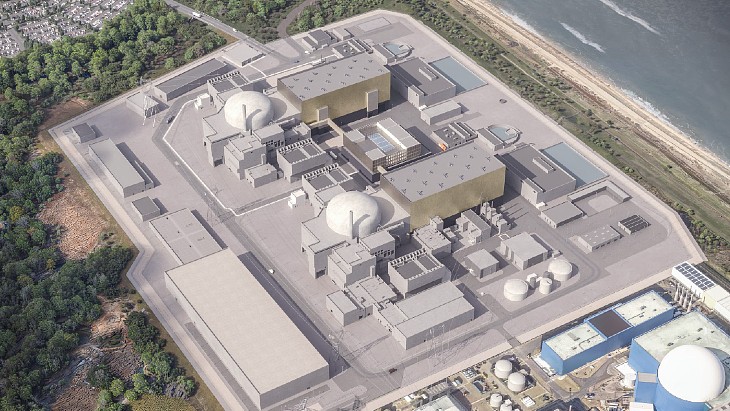The US Energy Information Administration (EIA) has published an analysis of US government energy subsidies and support for research and development (R&D) in 2007. They total some $16.6 billion - double the 1999 level.
Of this, $6.75 billion is related to electricity production, and $6.0 billion is split between research and development and subsidies. Apart from transmission and distribution, which took $875 million, the balance is $1.55 billion for R&D in anticipation of future benefits, and $3.55 billion for subsidies for present production.
The $3.55 billion for subsidies is by way of tax credits, with the lion's share going to coal-based synthetic fuel, which achieves some emission reduction.
Nuclear power was subsidised by $199 million and renewables by $724 million. This equates to 0.025 cents in subsidy per kWh of nuclear power, and 0.71 cents per kWh for renewables. The renewables subsidy is mainly for wind, at 2.3 cents per kWh.
However, nuclear power's subsidy is entirely due to a change in tax rules related to handling decommissioning funds when nuclear power plants are bought and sold. The changes were made in the Energy Policy Act of 2005.
The $1.55 billion R&D comprises $922 million for nuclear, $522 million for coal and $108 million for renewables - which currently supply 19.4%, 49% and 2.5% (apart from hydro) of US power respectively.
Nuclear R&D comprises $319 million for new nuclear plant design and proliferation-resistant fuel cycle, $350 million for clean-up of nuclear energy and research sites and $253 million for facilities at the Idaho National Laboratory and their management. Two thirds of coal R&D was for 'clean coal' programs.




_55530.jpg)
_42372.jpg)
_37521_70699.jpg)

_76087_55556.jpg)




